JOE BÜRGI
| Brick Workers from Bangladesh & Children of Bangladesh
BRICK WORKERS FROM BANGLADESH
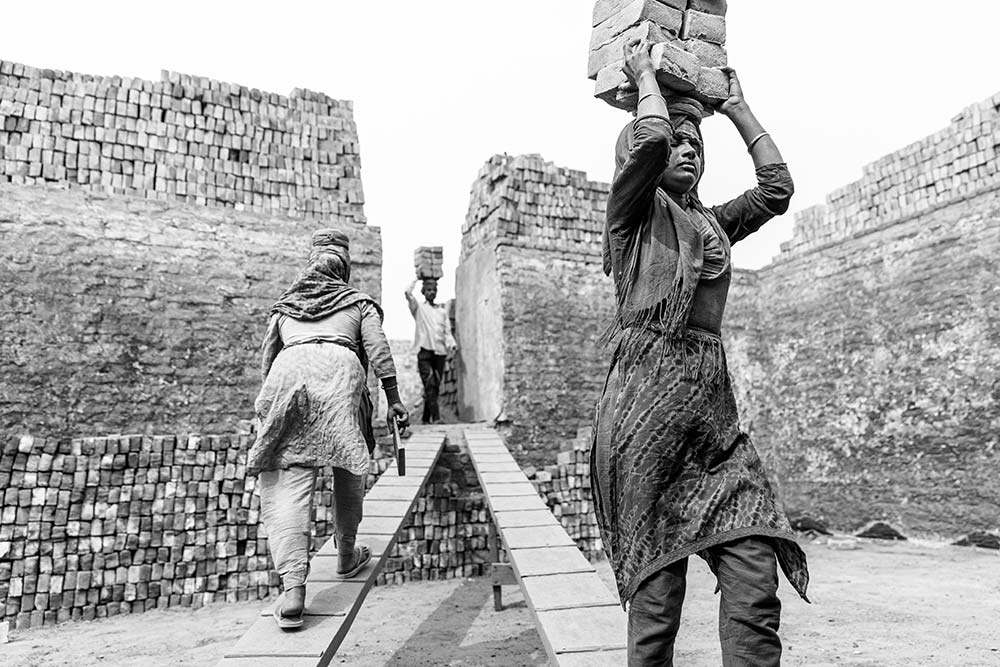
You can see them all around Bangladesh. There are hundreds of them. Some say more than 15,000. The high chimneys along the rivers and cities pouring constantly smoke into the air. Millions of bricks are burned there. But the price is high and paid by the local and from far coming workers and the environment surrounded by those factories.
Bangladesh is a rapidly urbanizing country having a 163 million population. This generated a very high amount for cheap building materials and gave brickmaking ago. But most of them are illegally built.
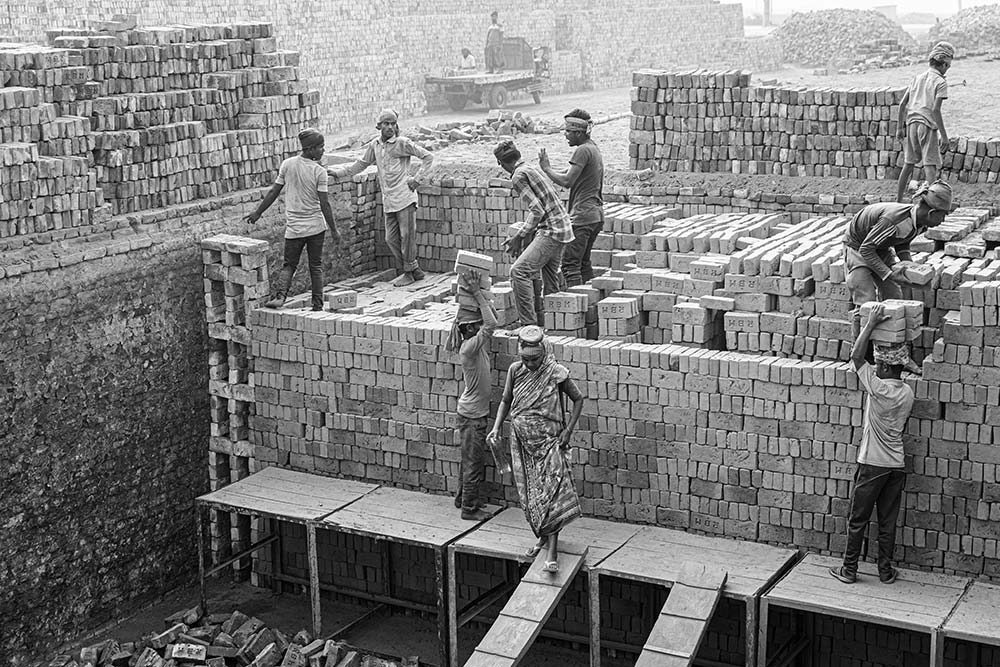
In late 2019 excavators flanked by Bangladesh riot police are at work demolishing illegal soot-belching brick kilns around the smog-choked capital Dhaka, forcing migrant laborers out of work and back to their villages. This led to a lot of unemployed people in Bangladesh. Furthermore, authorized brick kilns that are using the soil of hills and arable land for making bricks and using wood as fuel in the kilns will be reported to the court.
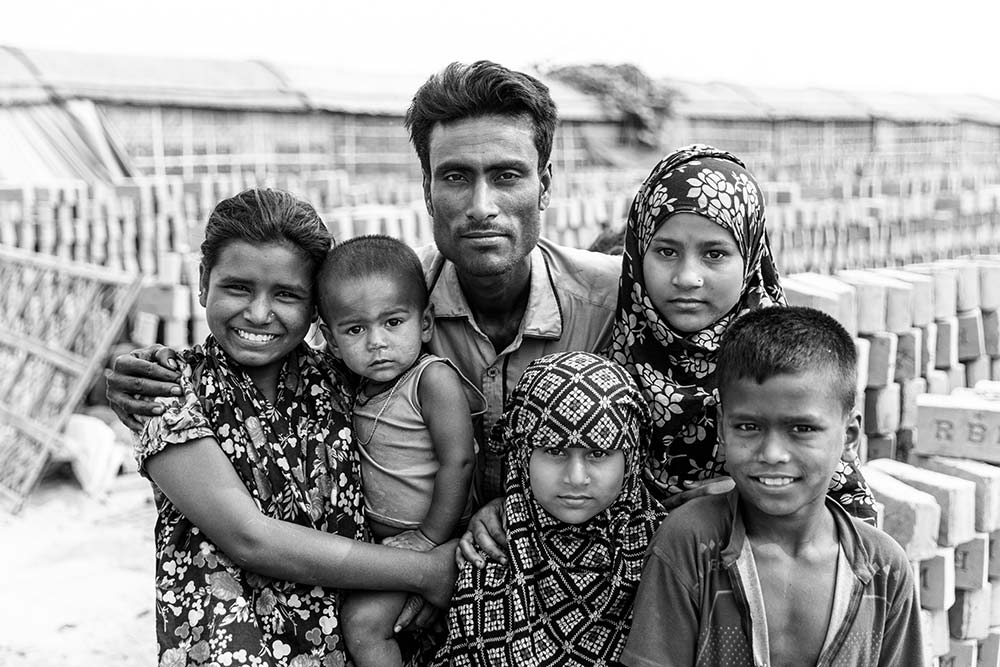
The bricks are made almost fully by hand, using ancient technology. The work is demanding – accidents occur often, and the work is hard. Workers get paid for how many bricks they produce or can carry.
For the fast workers, a week’s salary can range between 10 – 15 Euros a week. Nearly one million people work for 12-14 hours a day, almost every day of the week. Many of them live in brick factories. Near almost every factory, there are villages where all the families that work inside the factories live.
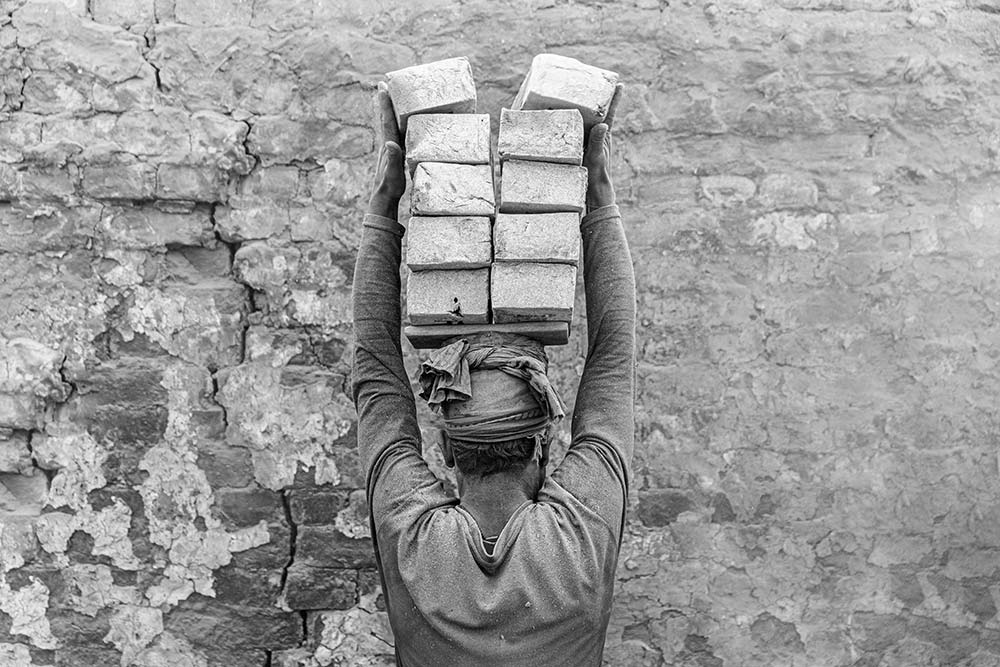
One brick weighs 2.5 kilograms. An adult carries about 10 to 16 bricks per run which is 25 to 40 kilograms. This is 2500 to 4000 kilograms if one runs a hundred times a day. One run could be 50-100 meters or more which is 10-20 km. And they work almost every day. What hard and physically demanding work this is!!
I shot this series on a Journey to Bangladesh in 2020, just before COVID closed the borders.
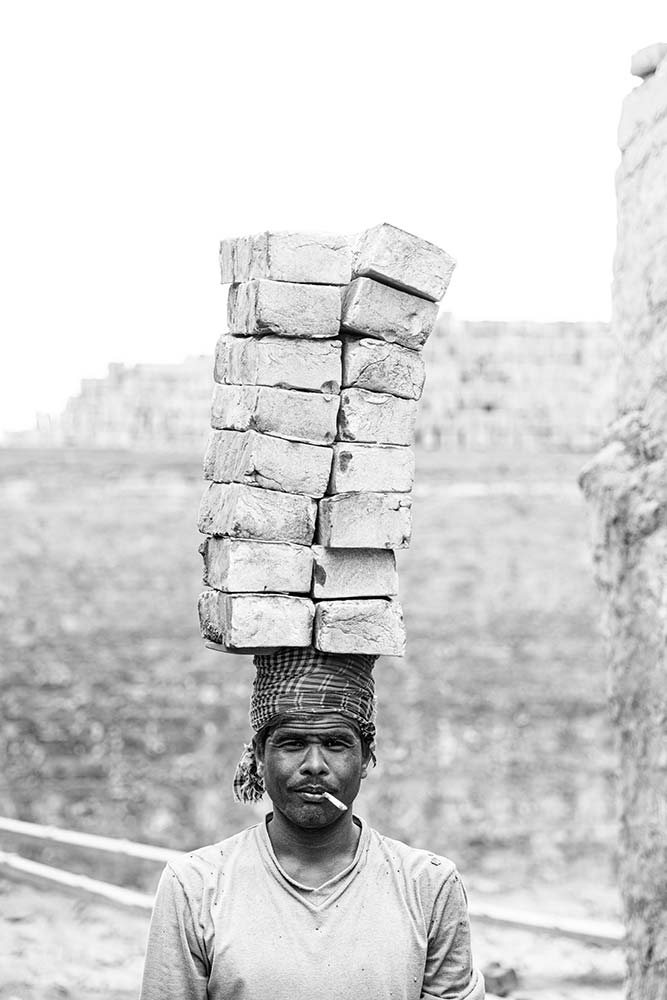
CHILDREN OF BANGLADESH
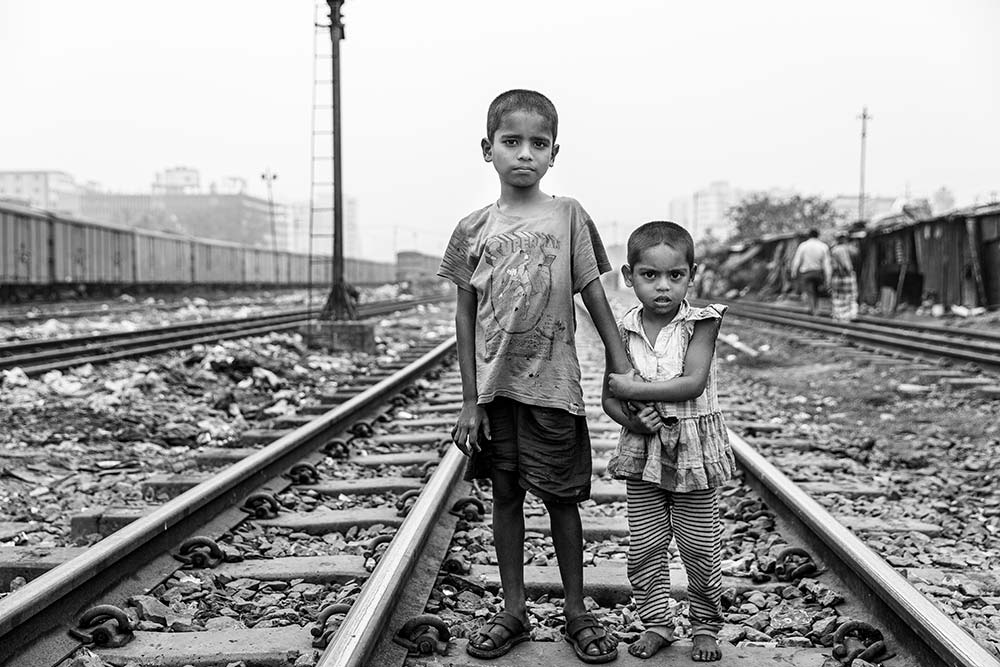
Children form more than 10 percent of the total workforce. And they work as hard as the adults do. More than 64 million children make up around 40 percent of the population.
Bangladesh achieved one of the world’s most rapid rates of decline in mortality of children below the age of five, says UNICEF. But the success is undermined by the inferior progress in reducing deaths of newborns.
Most of the children not attending primary school are from urban slums, hard-to-reach, and disaster-prone areas. Although Bangladesh has a high transition rate from primary to secondary school, eventual dropout rates are high.
Despite that, children do often smile a loved to be photographed.
I shot this series on a Journey to Bangladesh in 2020, just before COVID closed the borders.
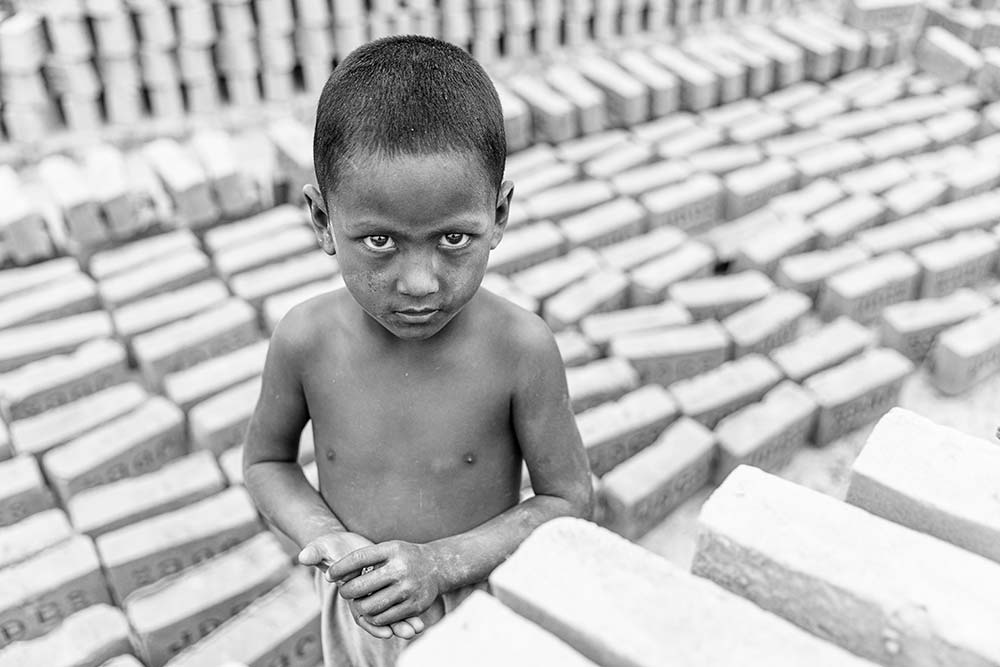

JOE BÜRGI
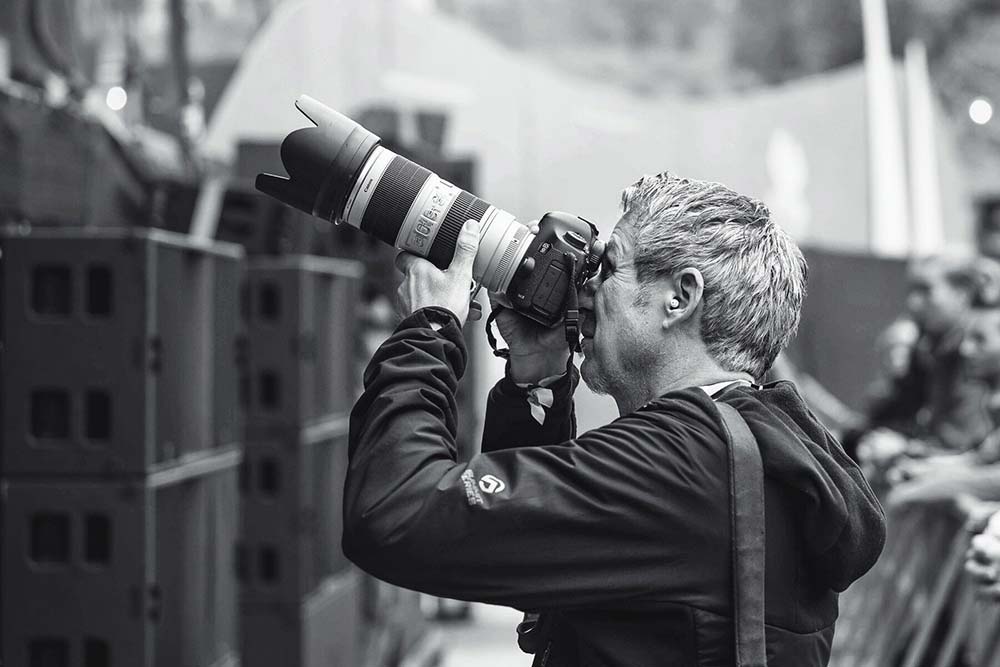
Born in 1965 in Stans, Switzerland, Joe Buergi started around 2000 with photography. He studied engineering at the Bale Institute of Technology and works now full-time as a project and team leader for the local government. As a pure autodidact, he developed the knowledge by himself but also by studying the masters. His music photography, together with travel, have become two of his life’s passions.

His photography focuses on music, culture, landscapes, and wildlife, images that reflect a spatial and temporal journey through life. He seeks the quiet moments and the light in whatever context he finds himself. He is an eclectic photographer who enjoys diversity in his imagery. Hence his images range from travel to landscapes and portraits. He believes that photography can capture those inimitable moments and empower us to make a positive change in our world. Through his travels, he has developed his own photographic style. His photos appeared in Terra Mater, National Geographic, VIEW, Lens Magazine, Mensch Magazine, AAP Magazine, and many more offline and online magazines worldwide. He is also an award-winning photographer and has won a few competitions and awards.

